Army Cooperation – Romanian Style
Introduction
The IAR-37 was intended to replace the Potez 25s used by the Royal Romanian Air Force which were getting a bit long in the tooth. The design concept was similar and the rigging pattern basically the same but the aircraft was new and more focused on the tactical light bombing and reconnaissance roles. For the latter it was heavily glazed with big picture windows on both sides and underneath. It also carried a crew of three with a specialist observer who could double up as a pilot. The IAR-37 was intended to be powered by the notorious Gnome-Rhone 14K (license built by IAR). This proved problematic with IAR struggling to produce the engines. Thus IAR-37 airframes kept on building up and production was switched to the IAR-38 powered by a BMW 132A engine. This meant changes to the airframe with the wingspan being increased and other details added. Sources differ on how many IAR-38s were produced but the company was able to sort out the engine issues and produce the IAR-39 with an updated 14K engine (the definitive version). The IAR-37s without engines received this later engine as well. The aircraft themselves were quite popular especially with the ordinary Romanian soldiers who appreciated the feeling of protection they gave.
The Model
Once again this is one of the Special Hobby/Azur specialities. An obscure aircraft that wasn't built in huge numbers. SH/Azur did models of the whole series with SH doing the IAR-37 and 38 and Azur the later IAR-39. They actually made an effort to represent the differences between the aircraft and here they ran into problems. Information on these aircraft is sketchy, quite often contradictory and frequently incomplete. So for example the wingspan length difference is reflected in the models but only the upper wing. The information I was able to locate indicated that the IAR-37 had a shorter lower wing as well. The wingspan was lengthened for both planes with the IAR-38 and retained for the IAR-39. The IAR-38 is also supposed to have had a lower tailfin but some sources omit this difference. Another feature omitted by SH was the transparent panel in the upper wing of the IAR-37. This had to be scratch built. Here I found Romanian websites full of invaluable material particularly the work of Gigi Cristinel Marin who detailed what needed to be done to make an accurate IAR-37. As I said information is hard to come by and Special Hobby can't really be criticized too much - they did their best and for their IAR-37 kit managed to avoid most of their usual brainfarts.
Building the model
The model itself goes together well and the fit is quite good but be prepared to fill everything. The gaps might be small but they are noticeable. The interior is comprehensive and looks good seen through the very clear glazing. There's not much information available on it though, so what is provided is sufficient. To make an accurate IAR-37 one has to modify the glazing - the side windows are for the later versions. For an IAR-37 the horizontal cross bracing needs to be removed. Also removed are two support bars on the canopy. This is a simple job as the bracing is represented by raised sections which can be scraped off and then polished up. Be careful though - the glazing is quite brittle. The assembly of the wings follows the Azur Potez 25 pattern though more difficult. The cabane struts come first and then the wing is attached to them. Next are the interplane struts. Finally the aircraft is rigged and this is difficult because the rigging has three elements and a cross wire (missed - like the Potez 25s - by Azur and Special Hobby). Wire spreaders are repurposed #12 bead threading needles which reproduce the tapered rear profile seen on the original.
Here's a list of the changes necessary based on the posts on Cartula.rom
The upper wing panel - I used a piece of clear plastic cut from a coathook and filed to shape then polished up.
Shortening the lower wings - from sketchy photo evidence it seems that the wings differed at the wingtips and so a 7 mm section was cut out of each lower wing.
Mudguards were added from brass rod and sheet
Widening the lower wing cutouts to 2 cells instead of one
The prominent fluting of the IAR built 14K was added to the engine boss
Exhaust cut outs and exhausts (a Special Hobby brainfart - they missed these) were added.
Main wheels were replaced by something more appropriate
The rigging was formed of 0.15 mm Infini brass wire, 0.7 mm Albion brass tube and aluminium foil. It can only be described as difficult requiring precise measurement.
The bomb holders were cut into sections to represent the correct configuration for the IAR-37 and landing lights in the wings added
Gun barrels were replaced with Master Items and an extra Browning FN-37 found (a Special Hobby brainfart - they included an Mg-15 which was used on the later IARs not the IAR-37)
Painting and decalling
The model was painted in Tamiya Khaki and Light Blue to replicate the interwar colour scheme. Fabric parts were matt varnished and metal parts semi-gloss varnished. Decals were kit decals and Techmod US numbers which match the Romanian numbers used at the time. Colour scheme details were once again taken from Cartula.rom.
Conclusion
This was a fun build. Yes there are challenges and things to correct but this is the nature of building such obscure aircraft. The kit despite the issues goes together nicely and looks good. Some of the detail particularly the etched brass is very fine and adds a lot of finesse. Special Hobby are to be congratulated for their efforts with this aircraft.
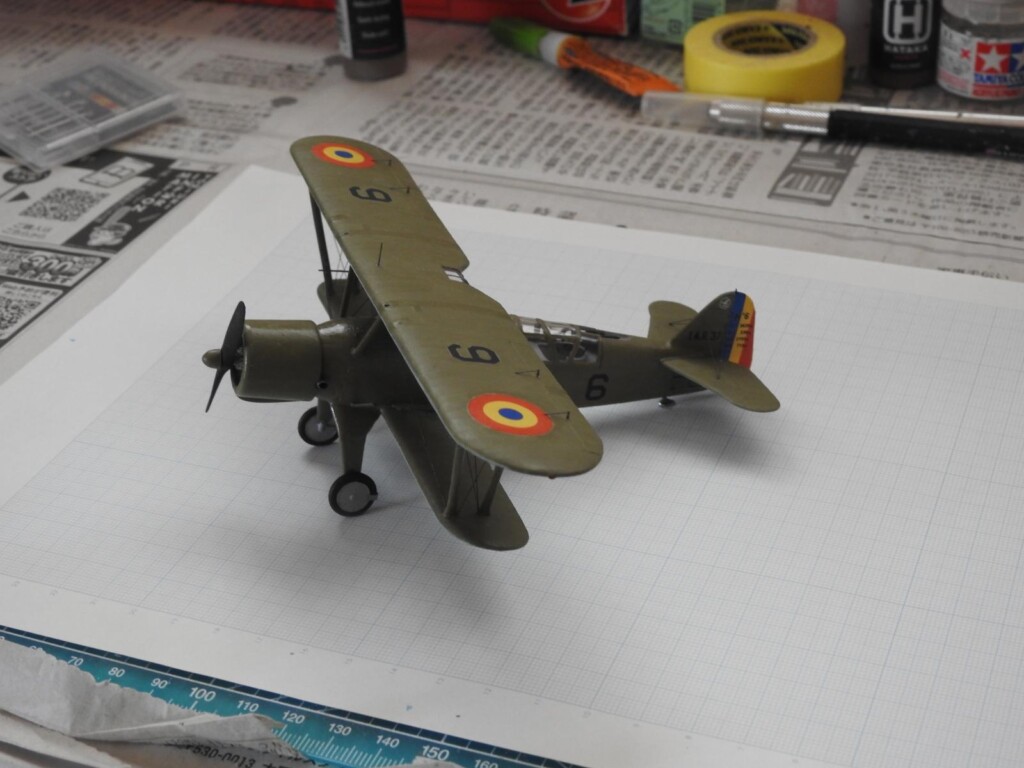
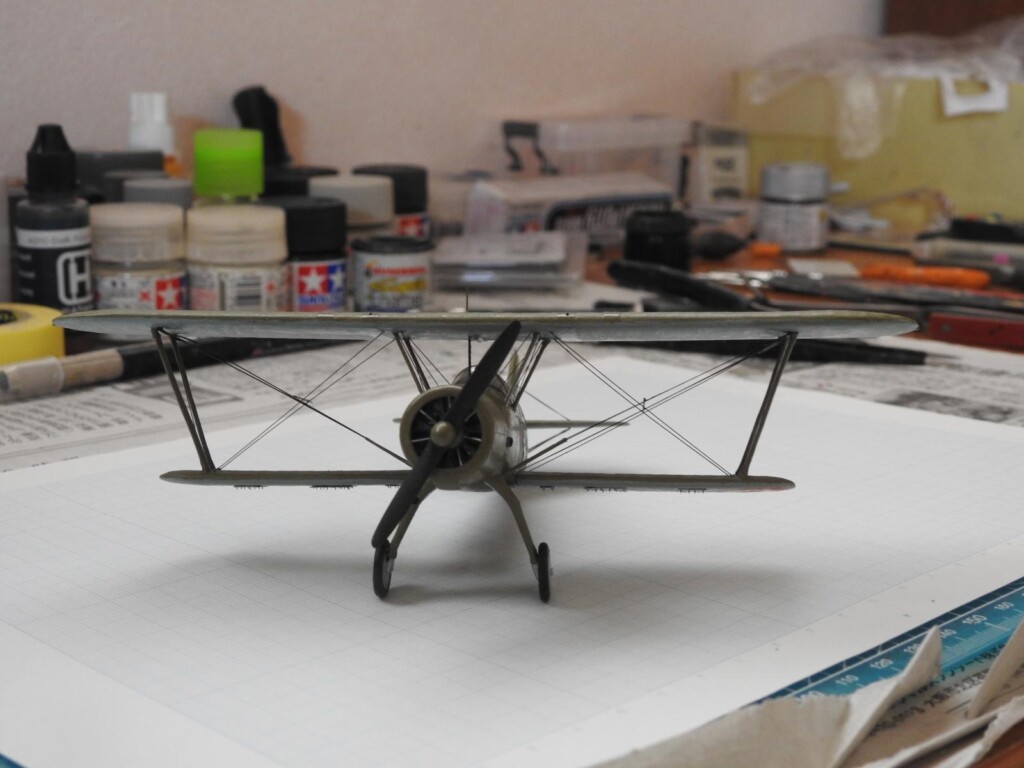
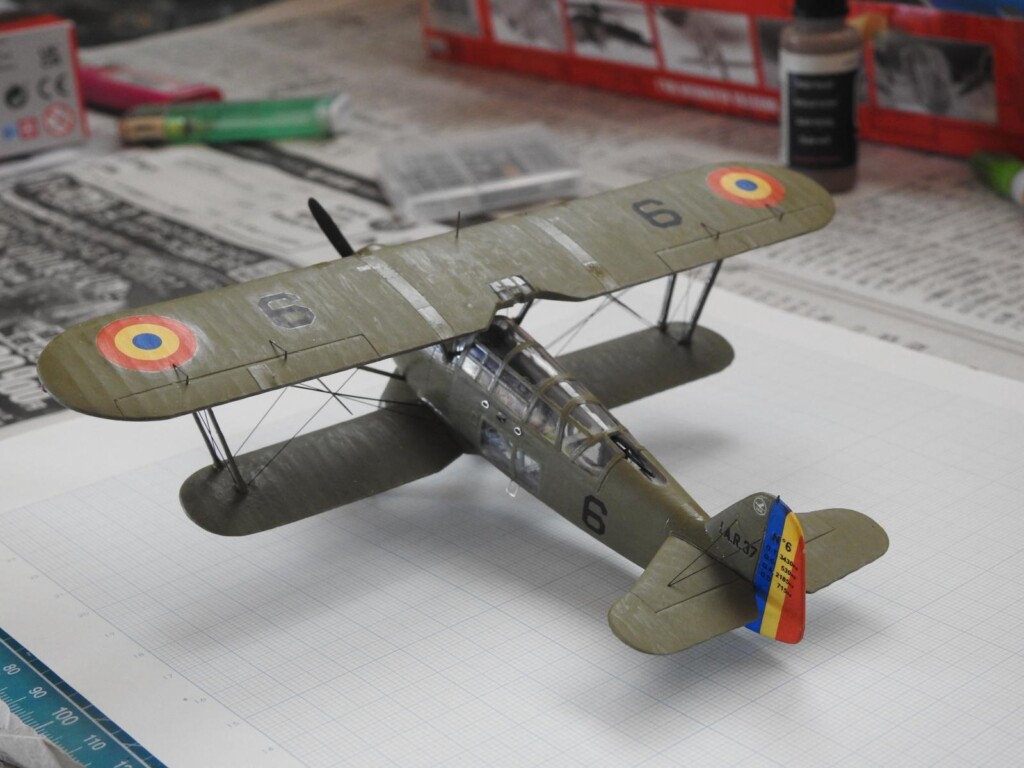
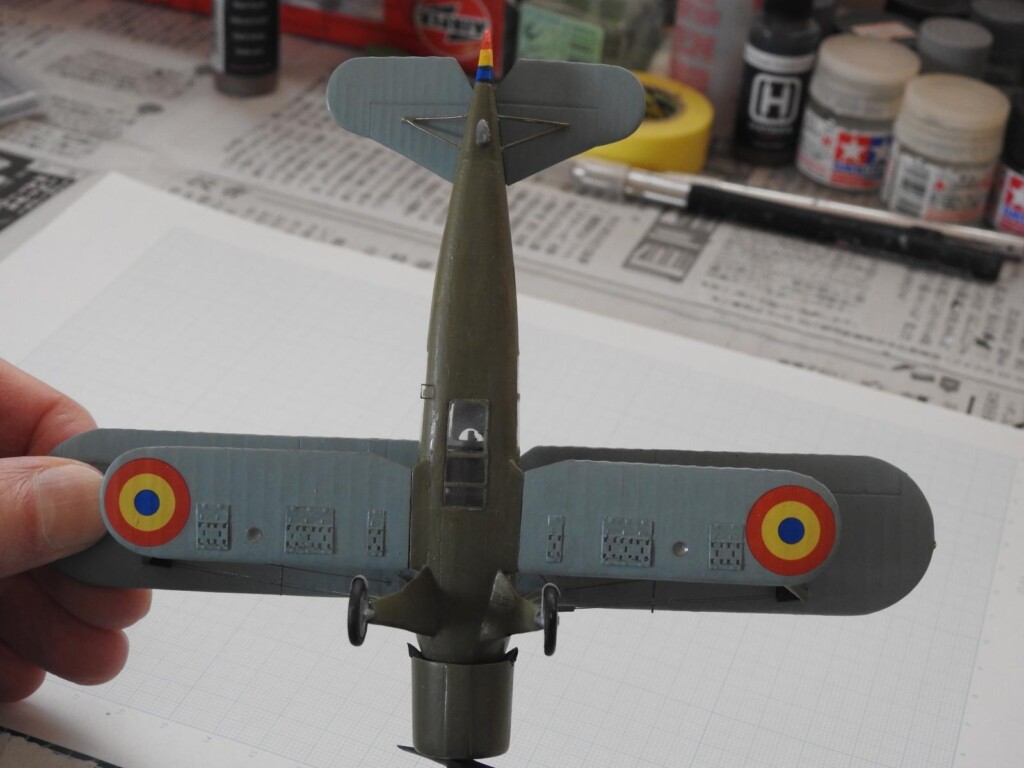

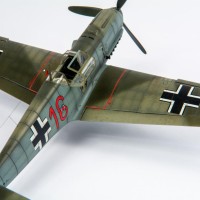
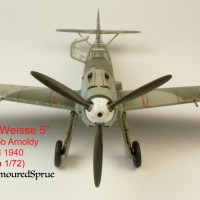
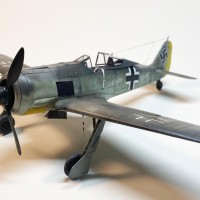
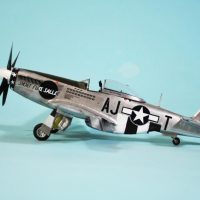
Christopher's Obscure Air Force keeps growing! 🙂
Very nice work and a super result.
Many thanks for the kind comments.
I find myself preferring the obscure and strange and this aircraft certainly fits the bill.
Very nice achievement of this not so often seen aircraft, Christopher @christopher
The paintwork is really nice, like the rest of this build.
Many thanks John (@johnb). I really enjoyed the build and it is an interesting little known machine. It's links to the Potez 25 are also fascinating.
Your usual awesome result on a mode rarely seen built, Christopher!
Equally great historical facts about a type (I confess) I never knew that existed.
Congratulations!
Admittedly, they aren't that popular but they do build up well and I think they have a certain charm - all that perspex. Many thanks for the very generous comments Spiros.
Another obscure but well researched model, nicely detailed and finished.
Many thanks George - they are pretty obscure aircraft I agree.
Nice work, Christopher.
Thanks ever so much John
Beautiful job fella.
Great to see that other countries take Army cooperation and aviation more seriously. Won't be holding my breath for any Austers worth having🙄
Nice one❤️
Many, many thanks Chris. Army cooperation was usually taken much more seriously in Europe. It was almost an automatic reaction.
Well done - I really like lesser known and seldom seen subjects like this!
Thank you Chas - your comments are very kind
It turned out very well. @christopher
Hi John - It's a kit that with a bit of work does look good but many thanks for the very kind comment.
🙂 ... Greetings ... 🙂 :
Good model work Christopher on this very rarely seen aircraft.
Thanks ever so much - you're very kind. Christopher
Nicely done Christopher, good to see a not often seen subject.
Thanks ever so much Allan!
Very nice! Had never heard of this subject. Looks great!
These do build up very nicely. Many thanks for the kind comment.